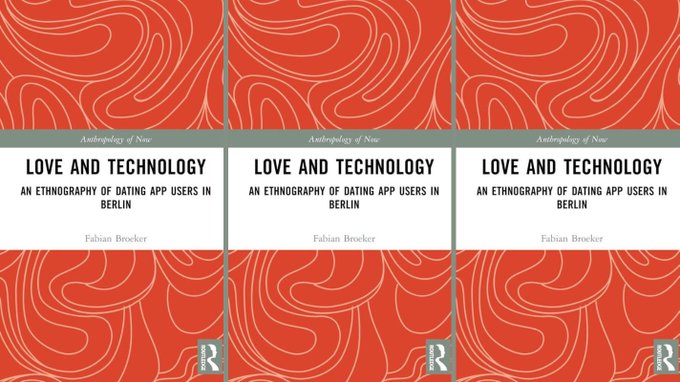The digital lives of refugees [Research report]

There is growing recognition among donors and humanitarian organisations that mobile technology and mobile network operators (MNOs) have an important role to play in the delivery of dignified aid. This includes providing digital tools that help people affected by crisis become more self-sufficient, especially those in protracted humanitarian crises. However, more evidence is needed to understand the digital needs and preferences of people affected by crisis, how they are currently accessing and using mobile technology, and the barriers they encounter.
This GSMA research, conducted with support from UNHCR (United Nations High Commissioner for Refugees), aims to build this evidence base, providing humanitarian organisations and MNOs with unique insights and direction on how to work together to digitise humanitarian assistance and ensure the benefits of mobile technology are shared equally by all.
This report explores the ways in which mobile technology can improve access to financial services, utilities (notably energy) and identity services, as well as information to improve food security, with an overarching focus on gender and inclusivity in refugee contexts. The study aims to provide insight into these key thematic areas, drawing out emerging trends and cross-cutting themes across different contexts.
The two main objectives of the research are to:
- Provide data and insights for humanitarian organisations seeking to design digital interventions that better serve refugee populations and ensure the most vulnerable are not left behind.
- Generate robust evidence to inform the private sector, particularly MNOs, of the market opportunity of serving refugees and host communities.
The research adopted a mixed methods approach and was conducted in three humanitarian contexts: Jordan (urban refugees), Rwanda (Kiziba refugee camp) and Uganda (Bidi Bidi refugee settlement). A range of methodological approaches were employed, including nearly 3,000 survey interviews and 55 focus group discussions, as well as market observations and digital day snapshots1 with refugees and host community members.
Key findings
The analysis begins with an overview of mobile technology access, use and barriers (section 3) in each context. This digital snapshot of refugees provides a foundation for subsequent chapters on five thematic areas.
- Over two-thirds of refugees in all three research locations are active mobile phone users, with the highest proportion in Jordan.
- Refugees access mobile services in creative ways depending on their context: sharing or borrowing handsets and owning multiple SIMs. For those who do not own handsets, borrowing is an important way of getting connected.
- The most commonly used mobile services among active users in all three research locations are making calls and using SMS services. Mobile money is one of the top three mobile use cases in Kiziba and Bidi Bidi, where 59 per cent and 44 per cent of refugees use mobile money, respectively.
- Awareness of mobile internet is high, but only about a third of respondents in Bidi Bidi and Kiziba have used it. The findings also indicate that refugees would like to use mobile internet more than they are currently able to.
- Affordability, literacy and digital skills, and charging are the main barriers to mobile phone ownership and mobile internet use in all contexts.



